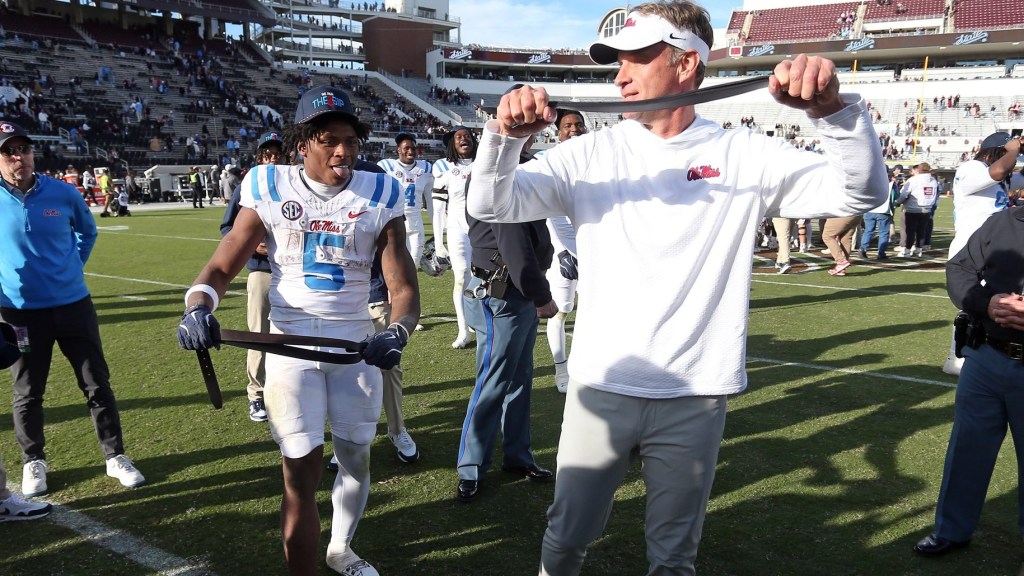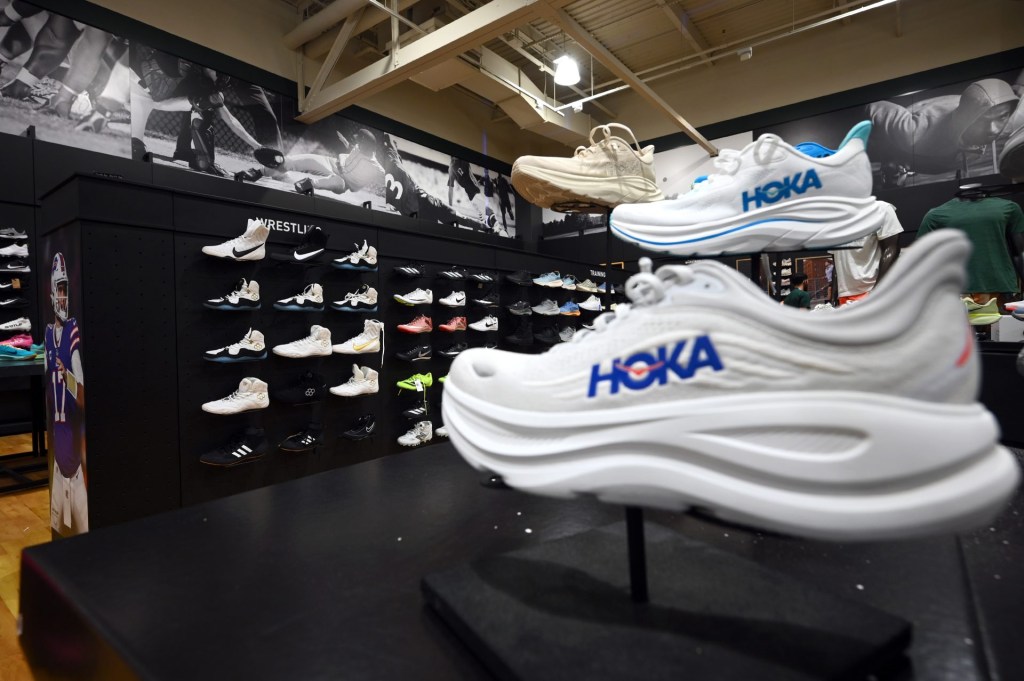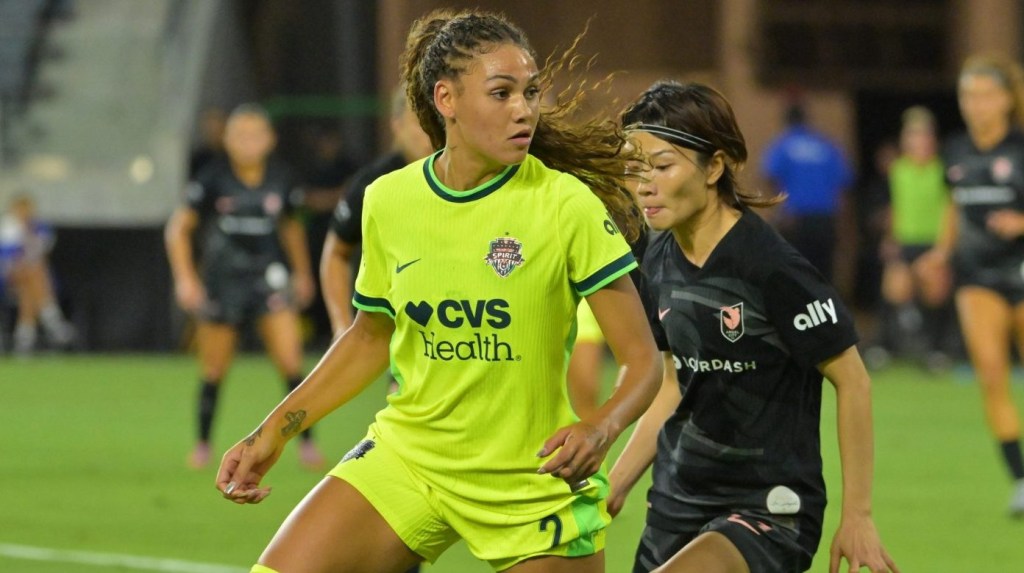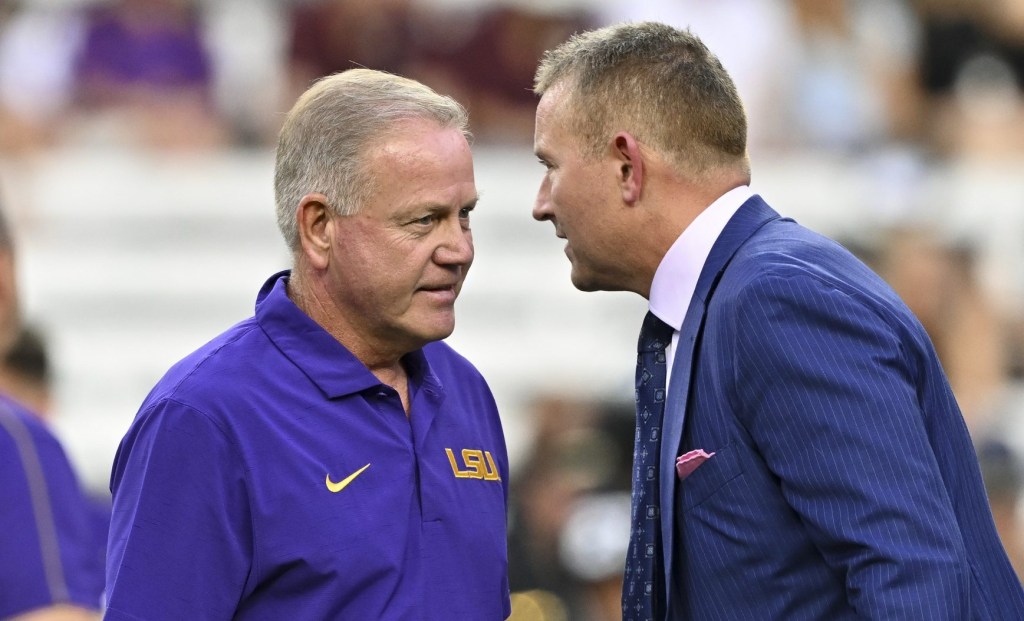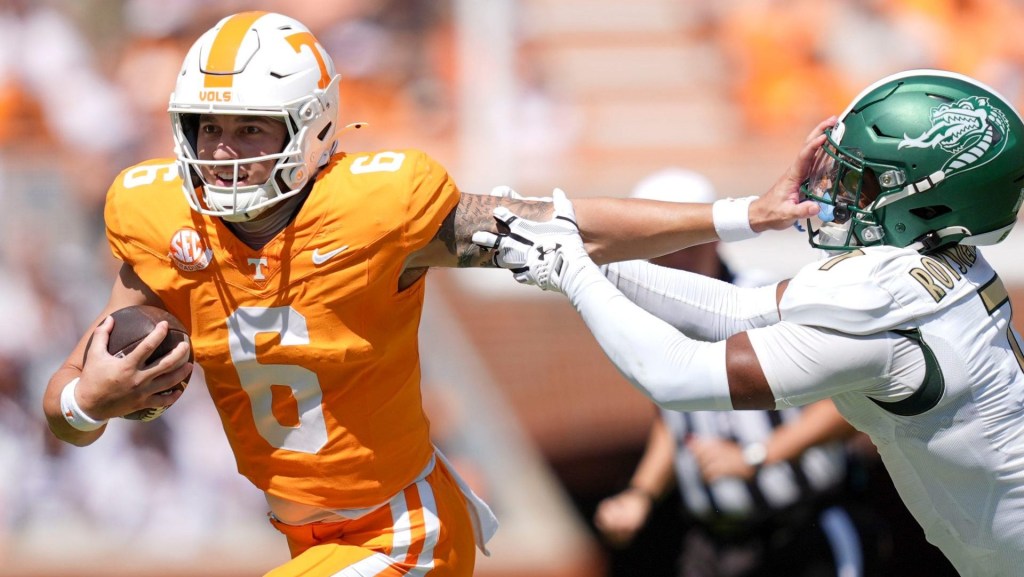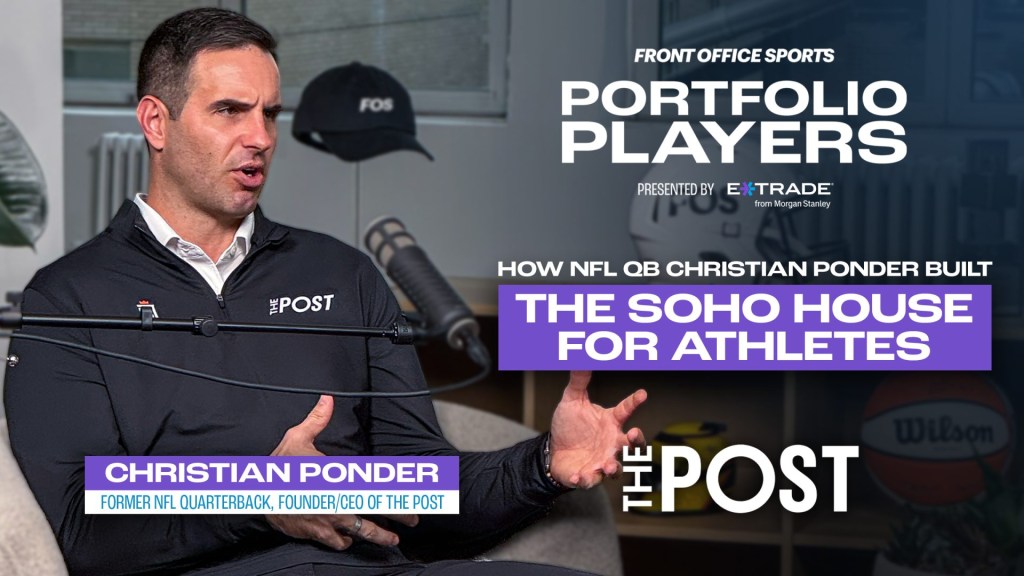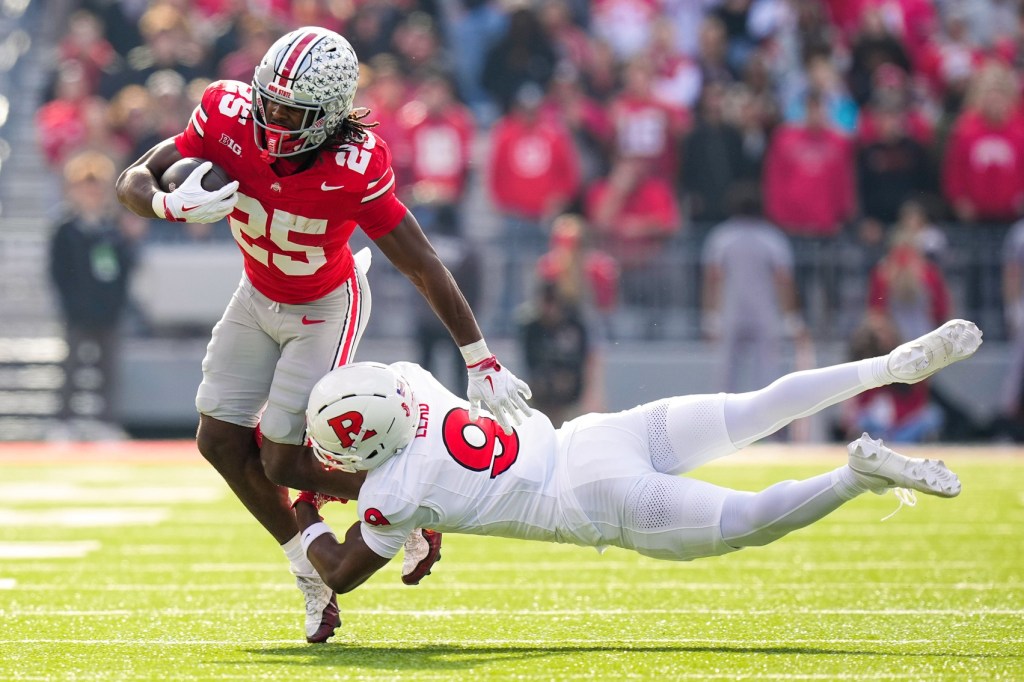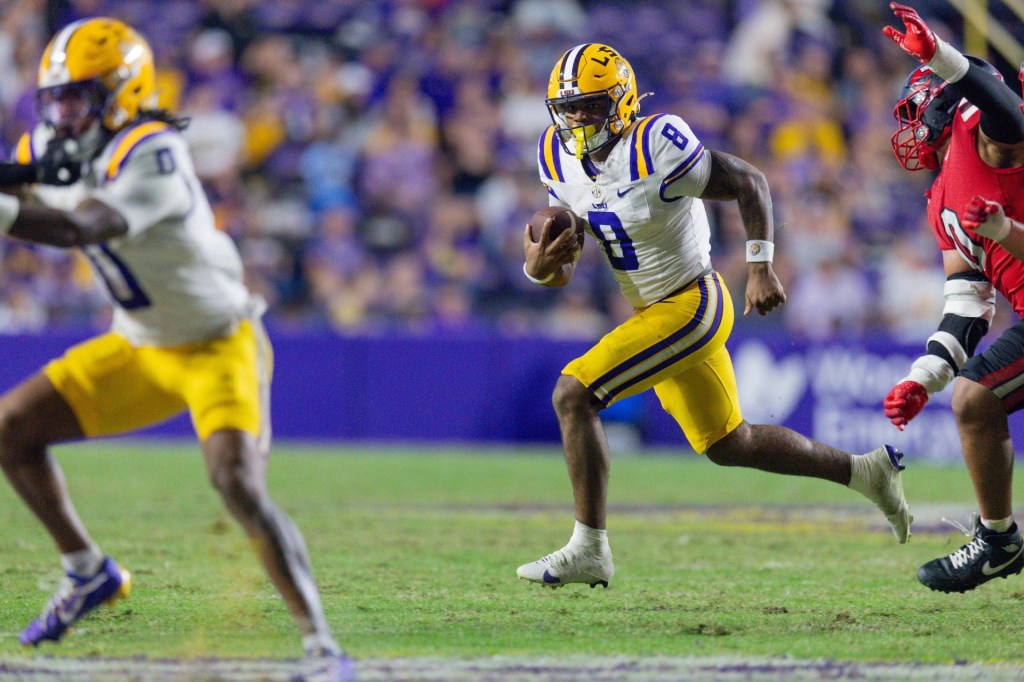Olympic gold medalist Natasha Watley had three thoughts when she first learned ace pitcher NiJaree Canady’s transfer to Texas Tech would come with a $1 million NIL contract.
“What?”
“Wow!”
“Why?!”
Watley, a four-time first-team All American at UCLA in the 2000s and two-time Olympian, wasn’t shocked because she thought Canady’s talent wasn’t worth $1 million. She just never imagined seeing that kind of money in softball, ever.
The college softball landscape is significantly different compared to when Watley was leading UCLA to its ninth Women’s College World Series title in 2003. Canady is an anomaly in the sense that she is the only player in softball with a seven-figure NIL deal, but others are earning up to six-figure amounts from brand deals and partnerships.
The most lucrative window for softball players is the sprint that is the WCWS, which started May 29 and ends later this week.
“A brand reached out and was like ‘We want to work with someone that’s going to go to the World Series,’” Lesley Feldman, the co-founder of women’s sports agency Players Collextive, told Front Office Sports. “I was like, ‘I can’t promise you if you work with an Oklahoma player that Oklahoma is going to be there.’”
As it turns out, Oklahoma—a favorite to return to the Finals to compete for its fifth consecutive WCWS title—was eliminated in the semifinals by Canady’s Red Raiders. This year’s pre-finals games averaged 1.1 million viewers, up 25% from last year. Tennessee and UCLA’s elimination game on June 1 came in at 2.2 million viewers on ABC. Texas Tech’s win over Oklahoma averaged 1.6 viewers on ESPN. Last year, the WCWS Finals series between Oklahoma and Texas averaged 2 million viewers, breaking the all-time record.
These numbers significantly outstrip the regular season and those for what professional softball leagues have existed in the United States.
Despite the uncertainty, Feldman is still able to negotiate with brands for pre-produced content that they can publish during the tournament regardless of where her clients’ teams finish. For example, Feldman had three clients who made it to the semifinals: Texas catcher Reese Atwood, Oklahoma utility player Ella Parker, and Oklahoma outfielder Kasidi Pickering.
Brands were aware that these three had a strong possibility of competing for a national championship, so they negotiated with Feldman on rates and took the risk that they may be eliminated early. Atwood and Texas will face Texas Tech in the best-of-three series beginning on June 4 at 8 p.m.
But it isn’t all risk. Brands can benefit whether an athlete makes it to the finals or not.
“Ella hit a walk off home run [against Tennessee] to win the game and her following went up at least 1,500 followers just from that one hit,” Feldman said.
Most players are primarily building personal brands using Instagram and TikTok, Feldman said. Parker has nearly 20,000 followers between TikTok and Instagram. Atwood has nearly 22,000 followers on Instagram alone. Canady has almost 95,000 followers across Instagram, TikTok and X.
Feldman declined to share specific earnings for her softball clients, but said it’s significantly higher than what they are making at the professional level.
Athletes Unlimited Softball League—which just secured an eight-figure investment from MLB—offers an average player salary of $40,000, the highest in the United States. But players stand to earn more than double that amount off of NIL deals off of brand deals and in Canady’s case, directly from her school’s collective.
The challenge athletes and brands face is visibility after college. No U.S. pro softball league has been able to reach enough fans to stay viable, and Athletes Unlimited’s previous softball iterations produced viewership numbers that were a fraction of the WCWS.
But with interest exploding in women’s sports and college softball ratings still climbing, MLB is betting that softball could prove popular on its platforms, with some marketing help from the baseball behemoth. AUSL games will appear on MLB Network and ESPN this summer.
Historically, though, many brands have dropped players after college, even if the player keeps playing in Japan or elsewhere, Feldman said. (She did say that bat and glove companies were more interested in keeping players.)
The MLB deal and the lead up to the 2028 Los Angeles Olympics stand to increase opportunities to earn money outside of their salaries.
“A lot of these brands are like ‘Oh, we want someone at the college space,’” Feldman said. “Because of the viewership. I’ve had to explain that to my pro players and say ‘Look, at the end of the day because you’re not getting the viewership that these college players are, you have to be more active on social media.’”
Players in Watley’s era didn’t have the chance to use social media to boost their profiles. But Watley isn’t bitter about younger players making a living for the first time. “I’ve felt a sense of purpose and passion growing the game and continuing those opportunities,” she told FOS. “The reality of that is I don’t feel disappointment. I feel proud.”


